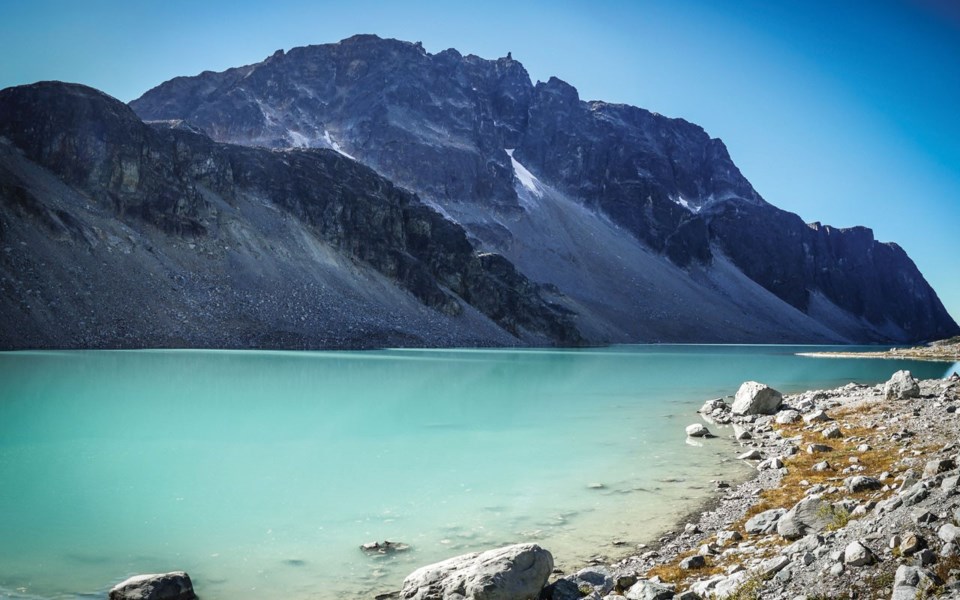It's that time of year again; summer is coming and its time to head for the lake, and what an incredible array of lakes we have. Each lake has been created by unique geological forces, sometimes forming along ancient tectonic fault lines and often controlled by glaciation and volcanic activity.
Ancient rivers carved out drainage patterns following the path of least resistance along weaknesses in the earths crust. Later, glaciers bulldozed their way down these valleys creating the distinctive "U" shaped configuration we see today, leaving behind a series of depressions and complex moraine ridges in which Green, Alta, Nita, and Alpha Lakes formed.
Alta Lake, formally known as Summit Lake, is a wonder of nature located in a hollow carved out by glaciers. It sits at the highest point of the valley and (until recent human intervention) water flowed both north and south out of the lake.
In geological terms, lakes are short-lived curiosities, eventually filling up with sediment or eroding their downstream barrier and simply flowing away. A good example of the ephemeral nature of our lakes occurred around 10,000 years ago in the Fitzsimmons Creek Valley between Whistler and Blackcomb mountains. The mountain glaciers had already started their relentless retreat up the valley towards their current positions on the Overlord Massif. A large glacier stubbornly remained in the valley, blocking the melt water from escaping and forming a lake. Eventually, the valley glacier started to melt, the dam was breached, and the lake disappeared, leaving somewhat unstable, fine glacial clay and silt from the lake bottom, which now form terraces along the Singing Pass Trail.
Around the same time as the extensive glaciation, there was also active volcanism. Clinker Peak erupted around this time, sending lava flows down Rubble Creek until they encountered the valley glacier. What a dramatic sight it must have been with 900 C molten lava meeting glacial ice, steam billowing and rapidly cooling rocks spitting and crackling in a fiery display—what a spectacular "fire and ice" environment. Eventually the glacier retreated, leaving behind The Barrier—an incredible 250-metre high crumbling ice contact dam. The rivers behind the dam filled up the area, creating what we now call Garibaldi Lake.
Some of the most beautiful mountain lakes are alpine "tarns," two of my favourites are Wedgemount Lake and the diminutive Harmony Lake. Tarn lakes occupy glacial bowls (cirques) ground out by the abrasive action of glaciers. These lakes can be a beautiful, iridescent turquoise-blue colour in the summer due to the presence of extremely fine "rock flour" held in suspension within the water.
Lost Lake is another fascinating "kettle lake" which formed around the same time as the valley glaciers retreated. A partly buried block of ice was left behind in a cold shady hollow, in time melting to create a roughly circular depression filled with glacial water.
Loggers Lake is thought to have formed in the vent of an ancient volcano, this tiny crater lake is small but spectacular, with steep sides and horizontal basalt columns lining the rim like keys on a piano. The crumbling volcanic rim has created massive talus slopes made up of car-sized blocks running down to the deep dark water.
So, when you visit our spectacular lakes this summer, spare a thought for the incredible combination of tectonic, glacial and volcanic events that have combined to create our beautiful but fragile mountain lakes. Enjoy them while you can!
Naturespeak is prepared by the Whistler Naturalists. To learn more about Whistler's natural world, go to whistlernaturalists.ca.




